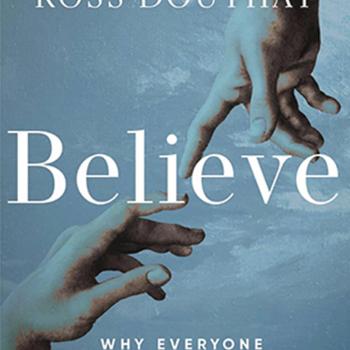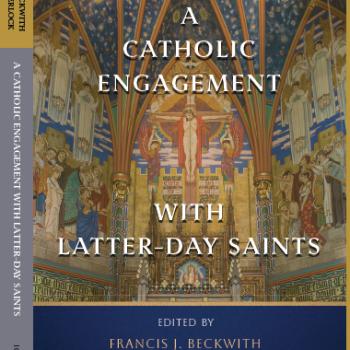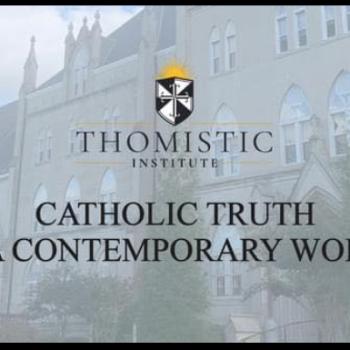Daniel Philpott, a professor of political science at the University of Notre Dame, has published a wonderful essay in The Observer, Notre Dame’s student newspaper. Entitled, “A Catholic approach to diversity, equity and inclusion at Notre Dame: 10 Theses,” it begins as follows:
Like many other universities, Notre Dame is promoting diversity, equity and inclusion in the aftermath of the killing of George Floyd on May 25, and of Ahmaud Arbery, Breonna Taylor and many others. Unlike most universities, Notre Dame is a Catholic university whose mission statement holds that “our Catholic character informs all our endeavors.” How can Notre Dame manifest its mission in these efforts?
The University offered an inspired answer to this question a week after Floyd’s death when many of its members gathered by the reflecting pool south of Hesburgh Library for a unity walk. The marchers heard Bible readings from a day earlier, Pentecost Sunday, recounting how the Holy Spirit, blowing like a violent wind, descending in tongues of fire, enabled people from diverse places who spoke diverse languages to understand one another. We then marched to the Grotto to pray. Animated by scripture, prayer and the Spirit, our Catholic character informed our endeavor.
Ten theses propose principles for promoting diversity, equity and inclusion (herein, “inclusion” for shorthand) on campus from the heart of the Church.
1. Diversity and inclusion is woven into God’s message of salvation narrated in the Bible.
In the Book of Genesis, God commands Abraham to be a blessing for all nations, and in Isaiah, God tells Israel that it will be a light for all nations, through whom God would proclaim salvation to everyone. Jesus fulfills this mission by directing his life and teachings to all of humanity and winning salvation for all of humanity through his death and resurrection. In numerous encounters and teachings, he makes a point of extending his love and fellowship to people on the margins of the community’s structures of authority, power and prestige. Fittingly, “Venite ad me omnes” is inscribed on the statue of Jesus with outstretched arms standing before Notre Dame’s Golden Dome. The Apostle Paul then wrote of Jesus as “our peace,” who “broke down the dividing wall of hostility” between Jews and the Gentiles through the cross, and, with the other apostles, spread the Gospel to remarkably diverse lands. Today, no institution on the planet, save perhaps the United Nations, contains a wider array of cultures, races, nations, ethnic groups, social classes and people from all professions and walks of life.
2. The truth that racism is a sin, including systemic racism, is firmly embedded in the teaching of the Church.
The bishops of the Church teach forcefully and unequivocally that racism is an intrinsic evil. The contemporary Church also teaches the concept of “structural sin,” by which a society’s structures — distribution of wealth, laws and policies, informal networks of power, and cultural discourses — perpetuate injustice. Systemic racism is a form of structural sin and is condemned by the U.S. Bishops in their pastoral letter on racism of 2018, “Open Wide Our Hearts.”
You can read the rest of it here.












